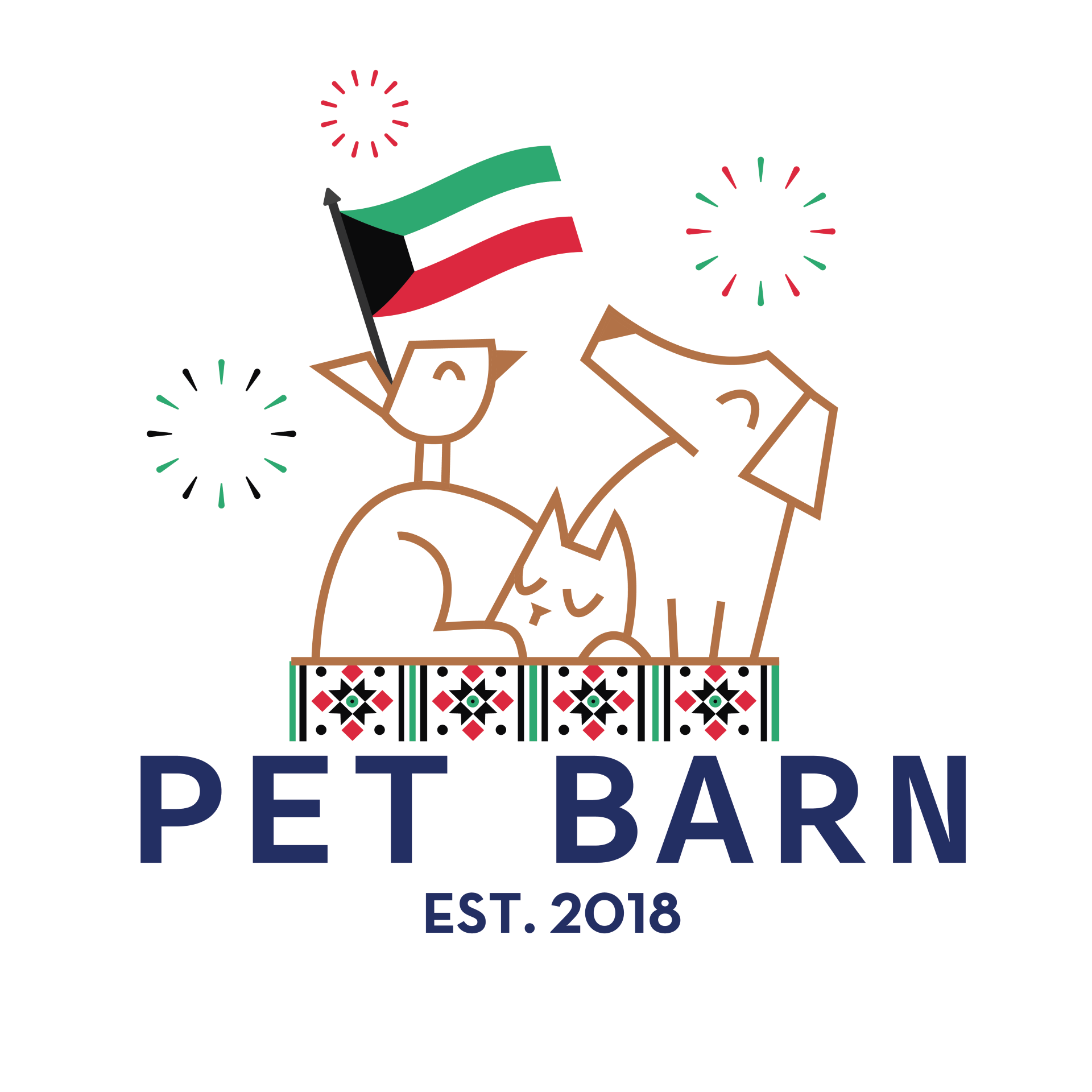Cats are fascinating creatures with their own unique way of communicating. While they may not speak our language, they have an intricate system of body language that allows them to express their emotions, intentions, and needs. As a cat owner, understanding your feline companion’s body language is crucial for building a strong bond, ensuring their well-being, and providing them with a nurturing and enriched environment. In this comprehensive blog post, pet barn will delve into the world of feline behavior, exploring the various cues and gestures that cats use to convey their thoughts and feelings.
1. Tail Language:
A cat’s tail is like a barometer of their emotions. The position, movement, and shape of their tail can provide valuable insights into how they’re feeling. A relaxed, gently swaying tail usually indicates contentment and relaxation. Conversely, an erect, puffed-up tail signifies aggression or fear, and a rapidly flicking tail often signals excitement or anticipation. A tucked tail may indicate anxiety or submission. By observing your cat’s tail language, you can gain a deeper understanding of their emotional state and respond appropriately.
2. Ear Expressions:
Cats have incredibly expressive ears that can provide important clues about their mood and level of comfort. When your cat’s ears are facing forward and slightly tilted, it usually means they are alert and interested in their surroundings. However, flattened ears against their head may indicate fear, stress, or aggression. If you notice their ears flicking or twitching, it could indicate that they are agitated or annoyed. By paying close attention to your cat’s ear positions, you can better understand their emotional state and adjust their environment accordingly.
3. Eye Contact:
Eye contact is a powerful form of communication for cats. The size of their pupils and the expression in their eyes can convey a range of emotions. Dilated pupils often indicate excitement, fear, or aggression, while constricted pupils may signal contentment or focus. Slow blinking is a sign of trust and relaxation, and reciprocating with a slow blink can help strengthen the bond between you and your cat. By observing their eye expressions, you can gain insight into their emotional well-being and respond with appropriate actions.
4. Body Posture:
A cat’s body posture can reveal a lot about their mood and level of comfort. When they arch their back, raise their fur, and stand tall, it usually means they are feeling threatened or defensive. On the other hand, a relaxed, loose body posture with their tail held low indicates comfort and contentment. A crouched or low posture can be a sign of fear or submission. By observing your cat’s body language, you can adjust their environment and interactions to ensure they feel safe and secure.
5. Vocalizations:
While body language is crucial, vocalizations also play a role in feline communication. Cats use various sounds, such as meowing, purring, hissing, and growling, to express themselves. Each vocalization has its own meaning and can convey emotions such as hunger, happiness, distress, or aggression. Paying attention to the context, tone, and accompanying body language can help you better understand what your cat is trying to communicate.
6. Environmental and Social Cues:
Cats are highly perceptive to their environment and social dynamics. Changes in their behavior, such as excessive grooming, hiding, or avoiding certain areas, can indicate stress or discomfort. It’s important to provide them with a consistent and enriched environment that meets their physical and mental needs. Understanding their behavior in different social situations, such as interactions with other pets or new visitors, can help you create a harmonious environment for your cat.
By taking the time to observe and decode your cat’s body language, you can better understand their needs, emotions, and overall well-being. Remember that each cat is unique, and their body language may vary slightly from individual to individual. Building a strong bond with your feline companion involves patience, observation, and respecting their boundaries. By incorporating this understanding into your interactions, you can create a deeper connection with your beloved cat and provide them with the love and care they deserve.

